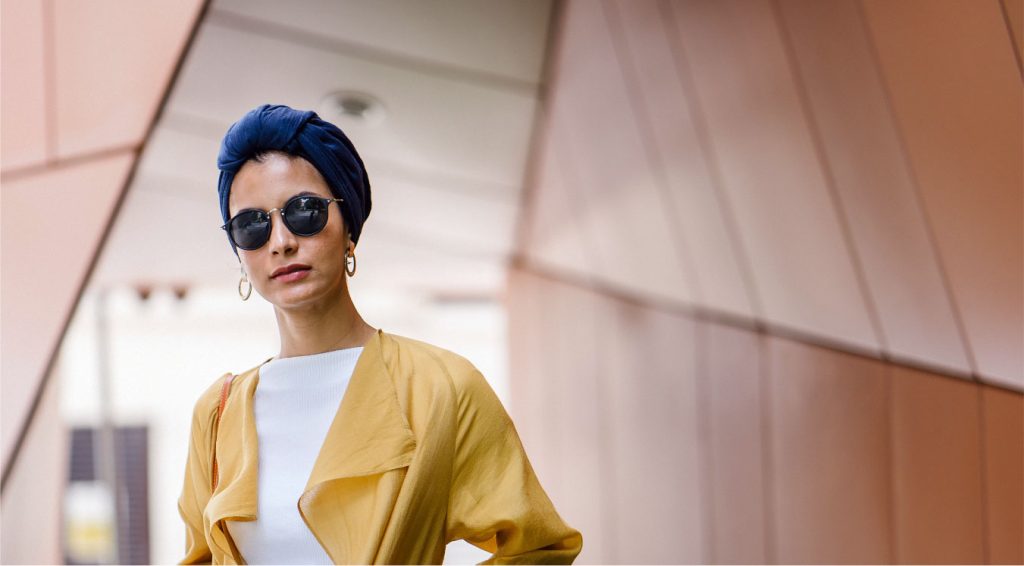
In today’s world, where environmental concerns are at the forefront, adopting an eco-friendly lifestyle extends beyond just recycling and reducing plastic use. It also encompasses the clothes we wear. Eco-friendly fashion, often referred to as sustainable fashion, is gaining traction as a conscientious choice for individuals who wish to make a positive impact on the planet. In this article, we will explore the realm of eco-friendly fashion, offering insights into its significance, benefits, and practical steps to embrace a greener wardrobe.
Eco-friendly fashion, at its core, is about making clothing in an environmentally responsible and socially ethical manner. It involves considering the entire lifecycle of a garment, from its production to its disposal. Here’s a breakdown of key aspects:Visit our website : https://cactusjackofficial.com/
One of the pillars of eco-friendly fashion is the use of sustainable materials such as organic cotton, hemp, and recycled fabrics.
Eco-friendly brands prioritize fair labor practices, ensuring that workers are paid fairly and treated ethically. This stands in stark contrast to the exploitative practices often found in fast fashion.
Efforts are made to reduce waste during production, which means using every bit of fabric efficiently and avoiding excess inventory.
Now, let’s delve into why eco-friendly fashion is gaining popularity and why you should consider it:
Eco-friendly fashion significantly reduces the environmental footprint by using sustainable materials, reducing waste, and employing eco-conscious manufacturing processes.
Eco-friendly clothing tends to be of higher quality, as it is made to last. This means fewer purchases and less waste in the long run.
By choosing eco-friendly brands, you support fair labor practices and help ensure that the fashion industry becomes more ethical.
Making the transition to an eco-friendly wardrobe is easier than you might think. Here’s how:
Extend the life of your clothing by recycling or upcycling old garments. Get creative and transform them into something new.
In a world where environmental concerns are increasingly pressing, adopting eco-friendly fashion is a small yet impactful step towards a greener future. By choosing sustainable materials, supporting ethical practices, and making mindful purchases, we can reduce our carbon footprint and contribute to a more sustainable fashion industry.
Sustainable fashion encompasses a broader approach, considering environmental, social, and economic aspects. Eco-friendly fashion specifically focuses on reducing the environmental impact of clothing production.
Not necessarily. While some eco-friendly brands may have higher price tags due to their quality and ethical practices, there are affordable options available too.
Absolutely. You can start by repairing and upcycling old clothes, as well as choosing to buy from sustainable brands when you need new pieces.
Eco-friendly materials can be just as comfortable and stylish as traditional ones. In fact, many people find them more breathable and pleasant to wear.
You can search online for eco-friendly fashion brands or visit local boutiques that focus on sustainable and ethical clothing.